I sometimes feel a fear of falling off. It once occurred to me that looking up at the moon was like looking over the edge of a chasm except that while there may be an edge of some kind preventing me from falling, there is no such safety net outdoors between me and the moon. Maybe silly written down, but long lenses magnifying very far away and bringing them closer, right to my eye, can feel like falling towards them in a way. So while I enjoy long lens photography, and use a longer-than-most (90mm) as my standard go-to, I have to really have an intent in mind before photographing with a telescope.
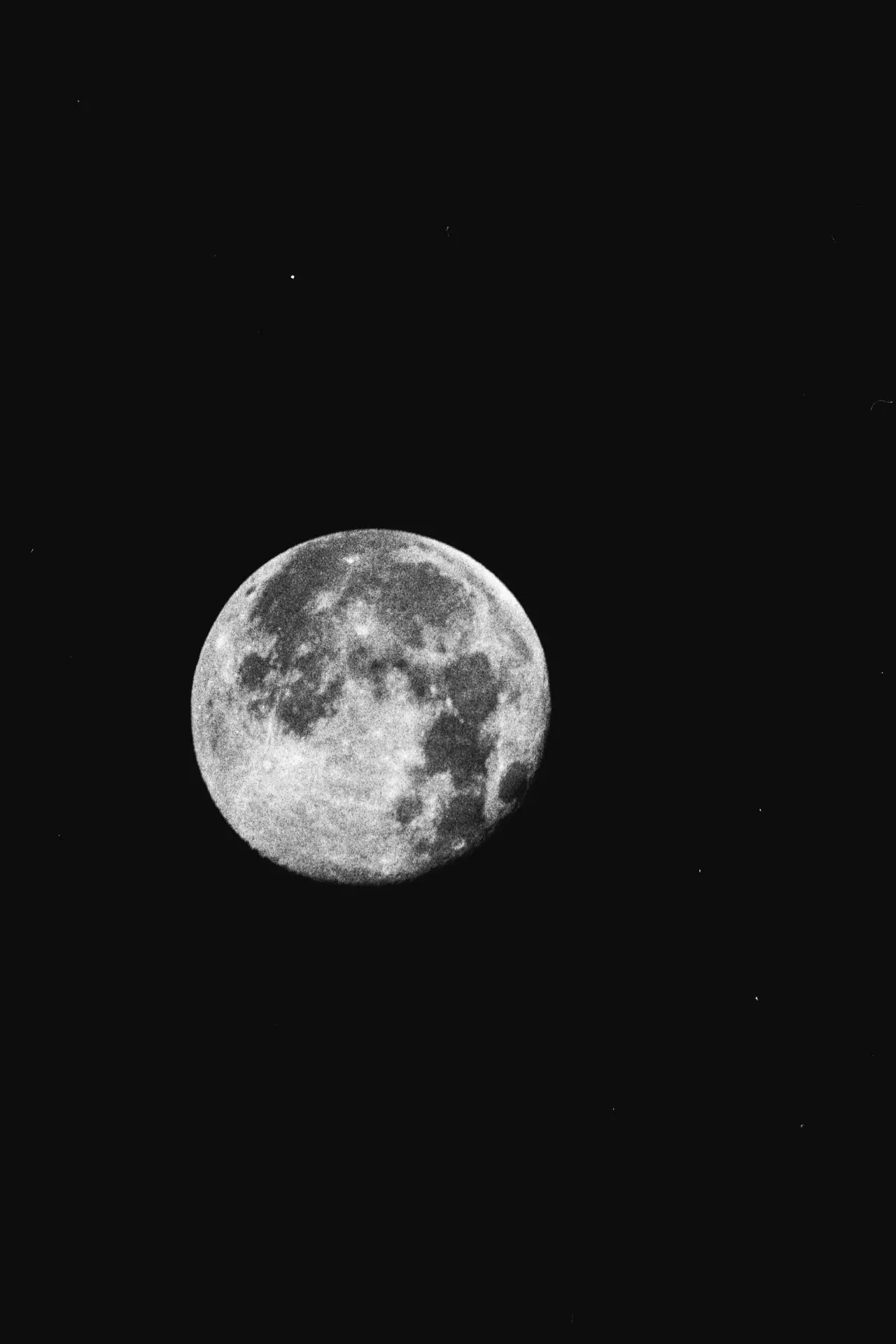
Mirror lenses are effectively tiny mountable telescopes, using curved mirrors to reflect light, as opposed to conventional refracting lenses. There are a few options for most lens mounts (most of which are easily adaptable to mirrorless), with the most common being 300mm, 500mm, and 800mm. As well as the fixed/prime focal length the design of these lenses the aperture is also fixed, which means that there is more than one compromise involved in deciding to work with one of these. On a digital camera the restriction of ISO goes away, as you can accommodate against the aperture with two settings in the moment rather than just shutter speed with film (and ISO separately after every roll).
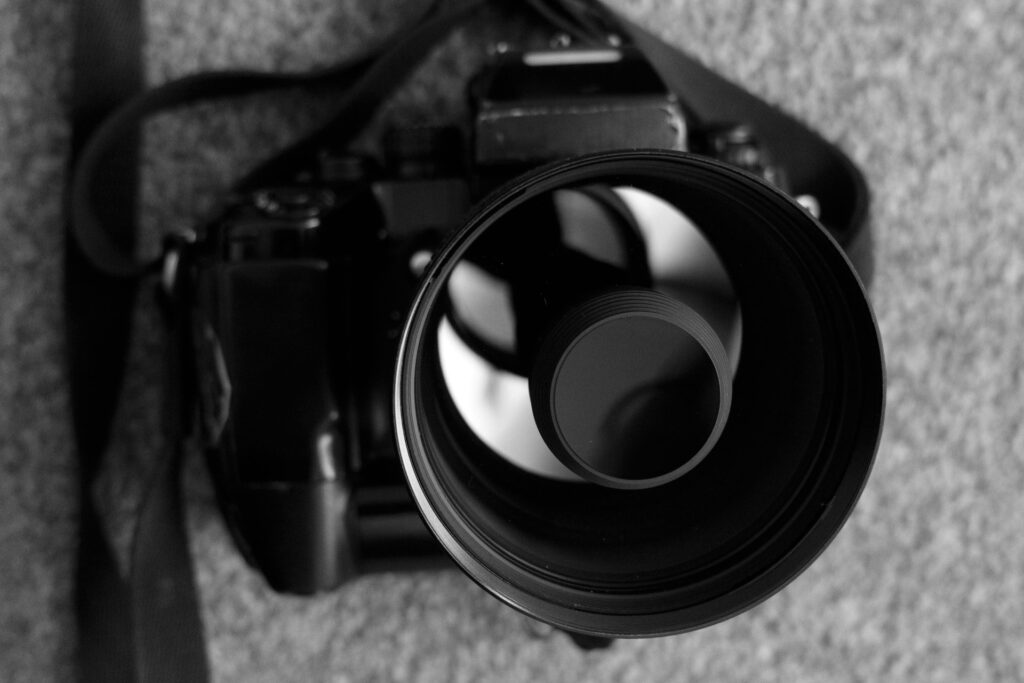
I don’t often need to work with longer than 200mm, but it’s good to know what options are available when I need them, so I decided to try a 500mm f/8. I don’t think the brand really matters, as the image quality seems to be fairly universal across all the available mirror lenses I’ve seen. I don’t require clinical sharpness from any of my gear, and for this lens it’s more about the reach than specific rendering. If rendering were a factor then some may be put off by the bubbly bokeh which is a result of the centre of the lens being blocked by the reflective elements – but as I said, it isn’t a factor for me.
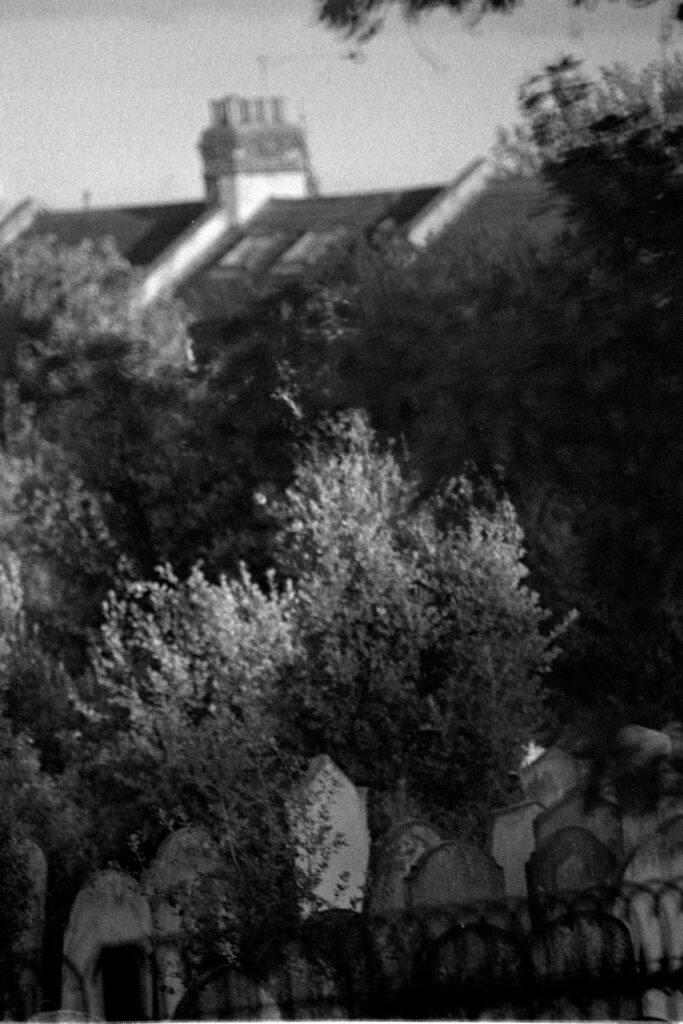
At 600ish grams the lens is relatively light and small compared with using my existing telephoto lenses with teleconverters. I think it’s actually lighter than my telephoto lenses even without teleconverters. The fixed aperture means either a tripod or very careful handling. The extreme telephoto is very sensitive to slight movements, so handheld compositions will always be at least very slightly imprecise due to even fractional vibrations from pressing the shutter. I wouldn’t want to use this lens below 1/250ths, and in an ideal world I would stay above this.
However in practical use there are sometimes clouds even on the sunniest of days, so I have to be prepared to work very slow, even sitting down to brace against myself/the ground, or to use any structure myself to lean or rest against for stability. For slower photography, like landscape work, this lens is a fantastic value proposition, especially as it weighs so little! I can imagine hiking with this easily, where some of my other lenses would be much harder to justify carrying.
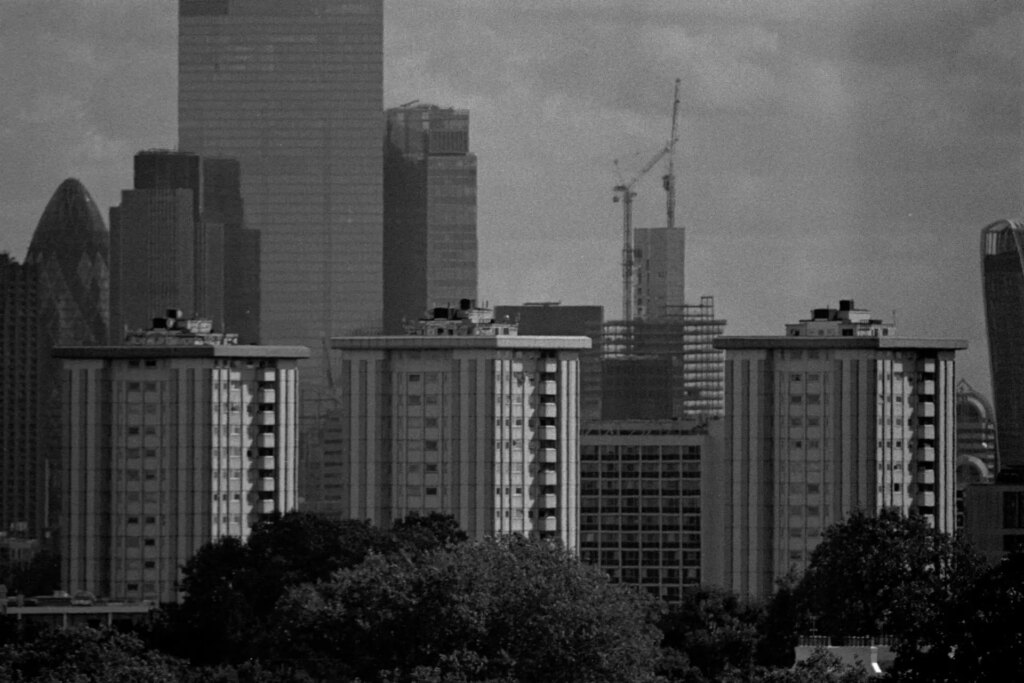
The fixed aperture can also be a limitation on the other end of the spectrum – too much light. Many film cameras max out their shutter speeds at 1/1000, with some being able to reach 1/2000 and 1/4000ths like the Nikon FM2. The Nikon F4 doubles this offering 1/8000ths, but if this still isn’t enough then an ND filter may be required (although with appropriate advance planning with film choice this will be a rare occurrence). The Nikon F4 is a really great camera to work with in combination with this lens. It balances nicely in hand, has a clear screen for focusing, and the versatile shutter speed range as mentioned. The dampened shutter also means a tiny bit of leeway when working at lower speeds.
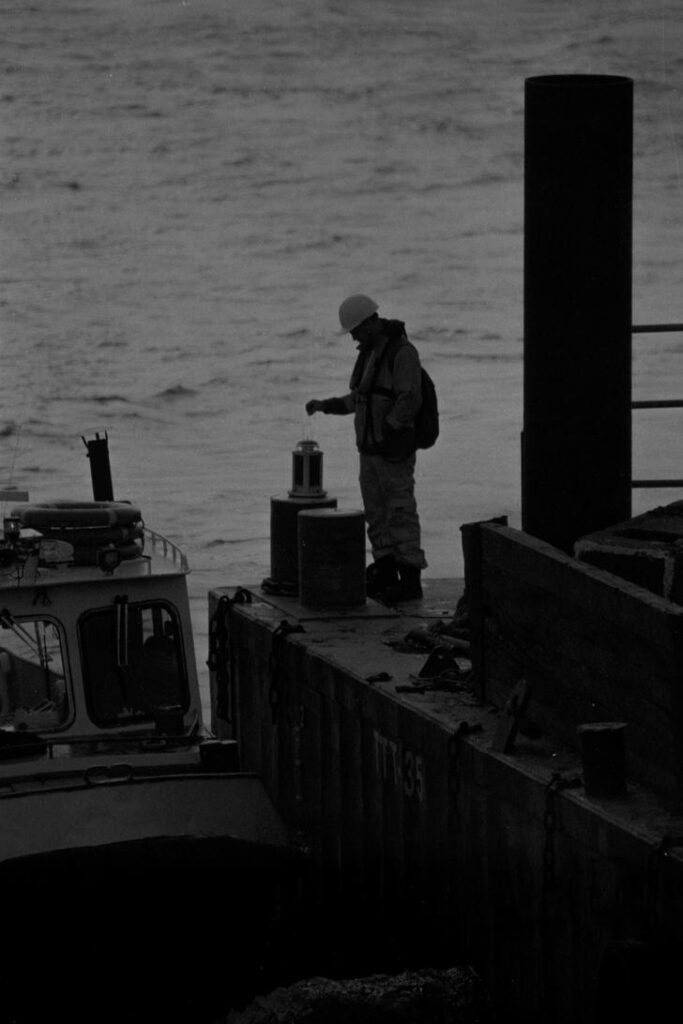
Sunny day, handheld uses have been my most common scenario with this lens, which means really knowing in advance that it will be appropriate and necessary to do so. It certainly isn’t an every day carry, but in some situations it offers something that no other lens I own can.
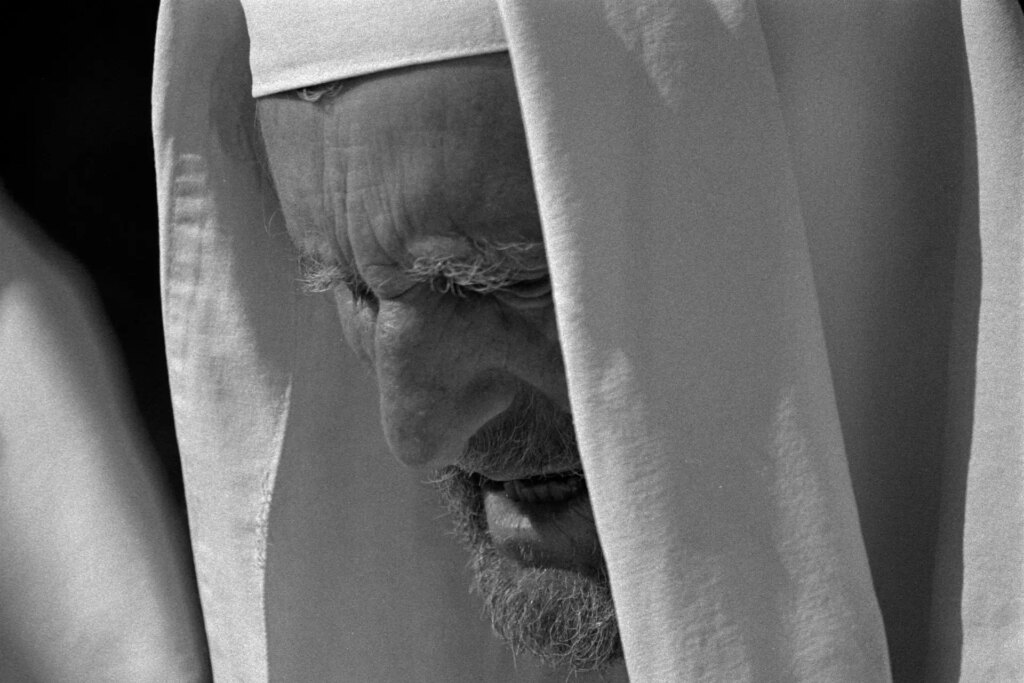
My compositions with this lens so far have been very simple compared with my 35/50/90mm work. The restrictions of these lenses mean you have to think a bit more creatively and pay attention to the full viewfinder when composing, not just the subject, although they will almost certainly be the most prominent element of the image almost by default of how tight the field of view allows, combined with the narrow depth of field.
Layers are harder to incorporate, as foreground and background are sure to be very much out of focus, although it’s still possible to include them in the form of “vibes”. Focus is a razor thin margin of error, so critically focusing is essential – but not really that much more tricky than with a 180mm f/2.8. If the prism shows it’s in focus then it’s most probably in, and if not then it won’t be. You’ll have to trust yourself, your eyesight, and the calibration of your ground glass, but you have to do the same working with most other lenses too.
This portrait has the focus on the near eye, made with HP5+ at around 250th/s handheld, and you can see how slim the depth of field is from the falloff in front of and behind that line of focus, in the hair and flowers in her hair.
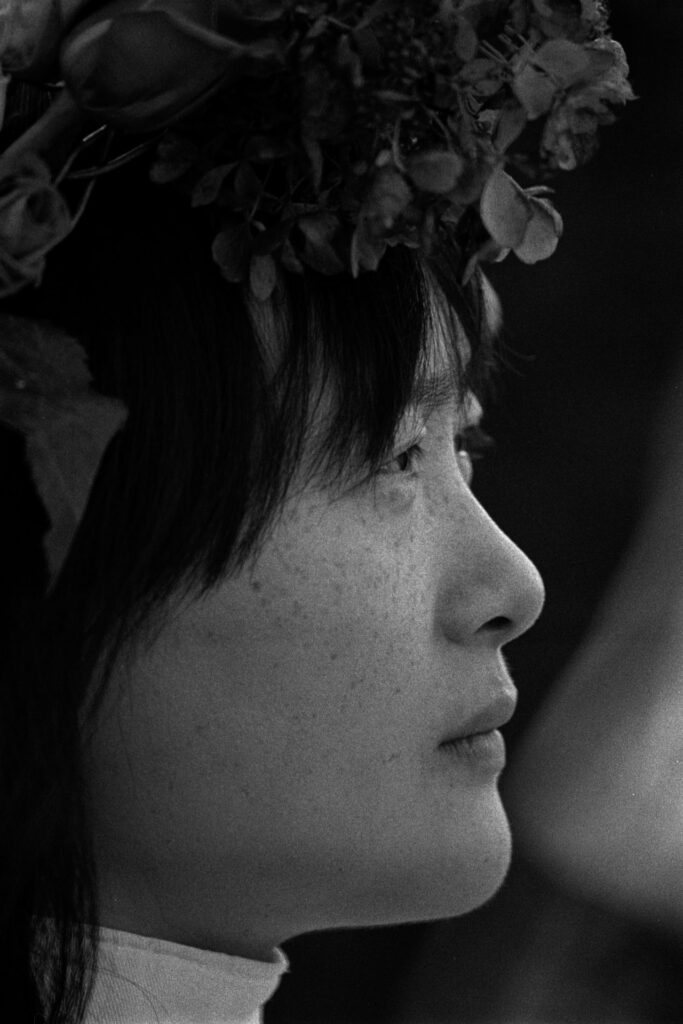
In this image I focused through the strands of hair in front of the woman’s face, which render like a fine mist. You can see that I missed her eye, and instead focused on her nose which is very clear, while everything else is out. You can see the effect of the central mirror blockage in the almost sort of bubbly double image in the out of focus elements.
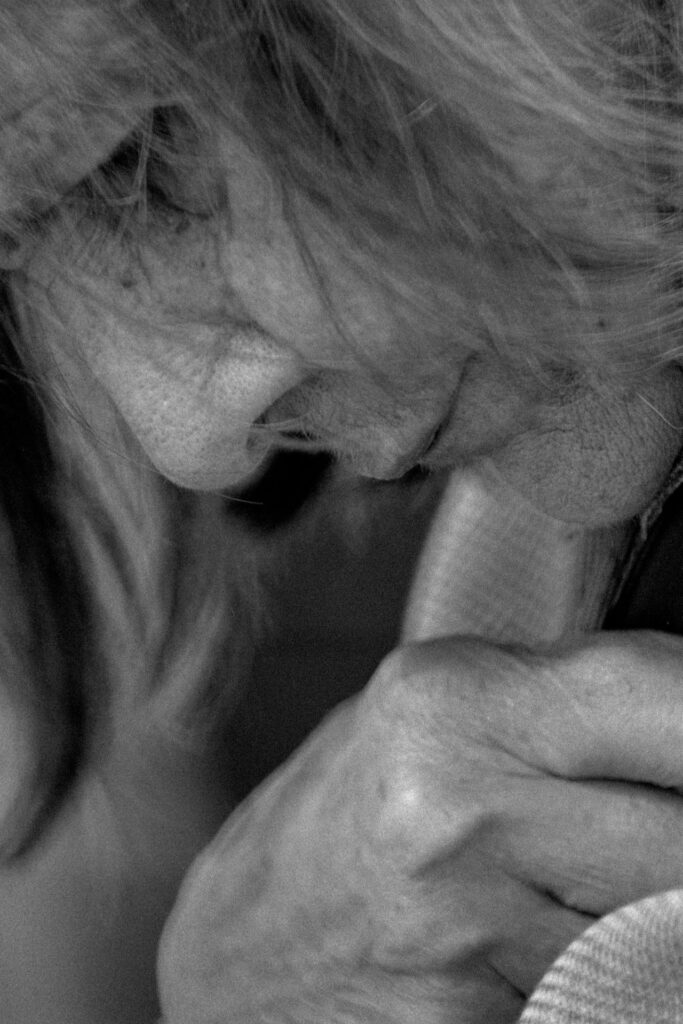
Both of these were made at very close distances, only a few paces away. You can close focus to what feels like macro distances, as with this image of fingers holding a rope, which was made from about two-meters distance.
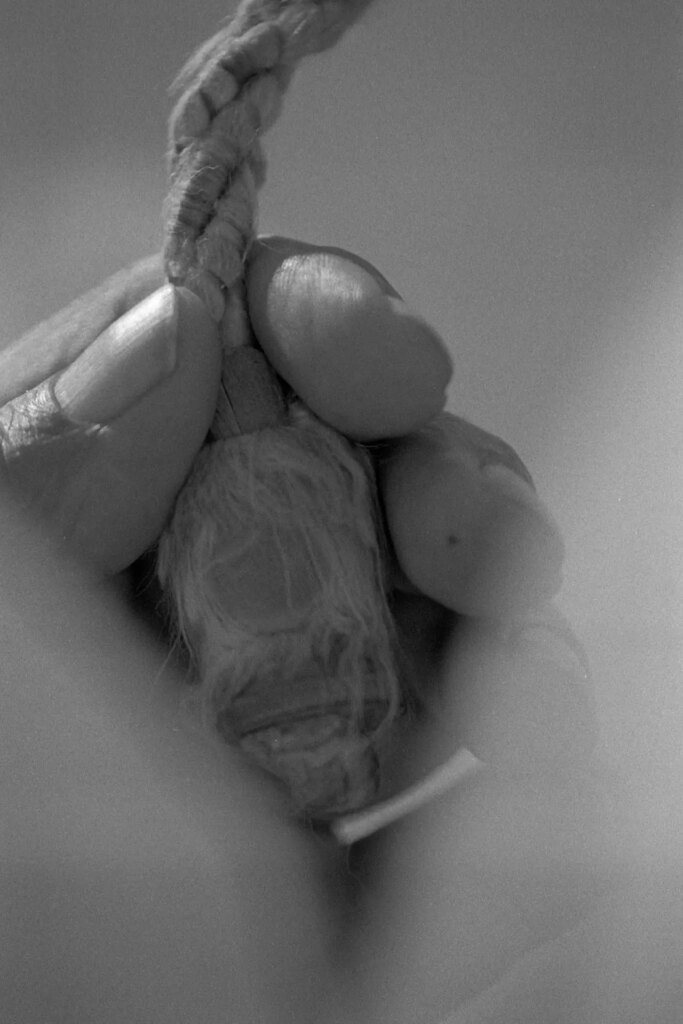
Combining this lens with teleconverters (and stacks of teleconverters) makes it very accessible to work at 2000mm and upwards, and in a much lighter overall package than adding teleconverters to wider aperture standard zooms. However, teleconverters reduce light by a significant factor, so you have to be sure that you have a bright environment to work with in order to be able to even see through your viewfinder, let alone focus.
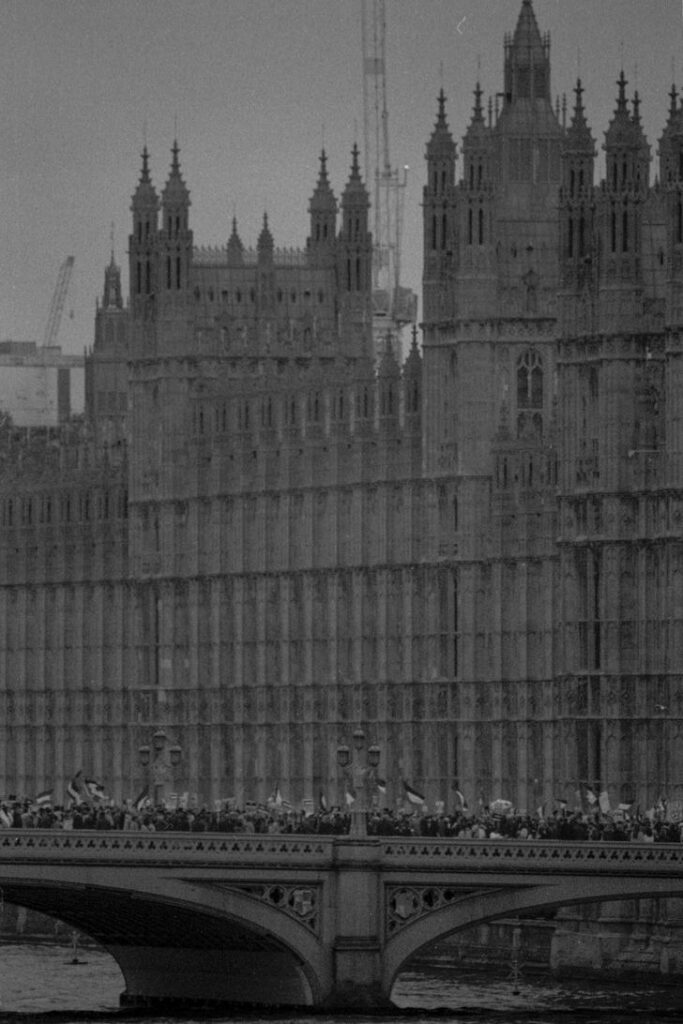
This kind of lens is a special piece of equipment, not at all versatile or a do-everything lens, but something you have to plan ahead to use and even then be mindful at all times. Results from the lens will be difficult to replicate with anything else in the same way, and certainly not at the same price point. My copy of this lens cost me around £110, but they can be found much cheaper, some even lower than £50, which makes it easy to justify if you want to try one out and resell it later at likely not much of a loss.
Thank you for reading! Please consider following me on Instagram if you enjoyed my work here 🙂 and check out my winter zine bundle, two zines and an 8×10 darkroom print for only £20!
Share this post:
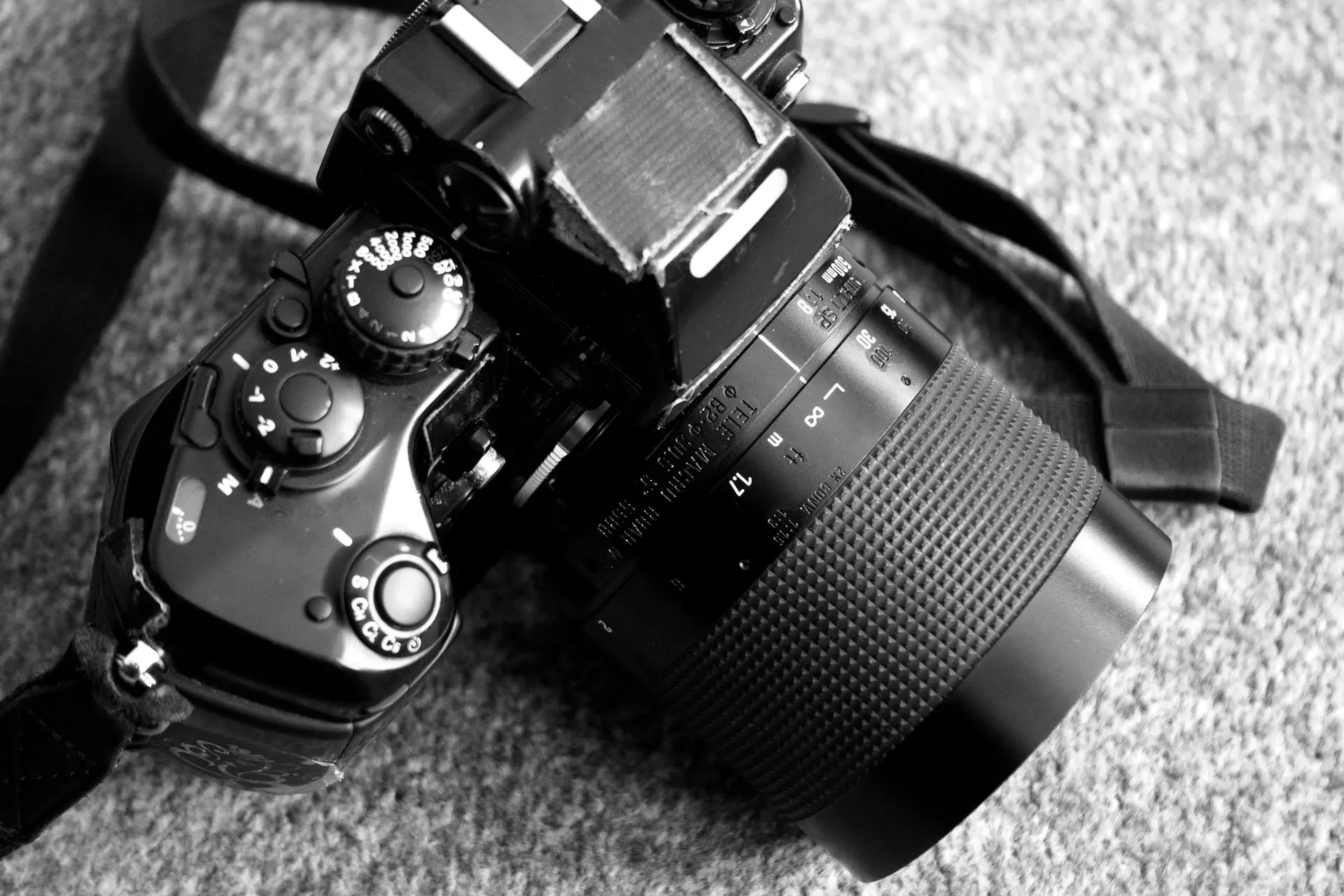
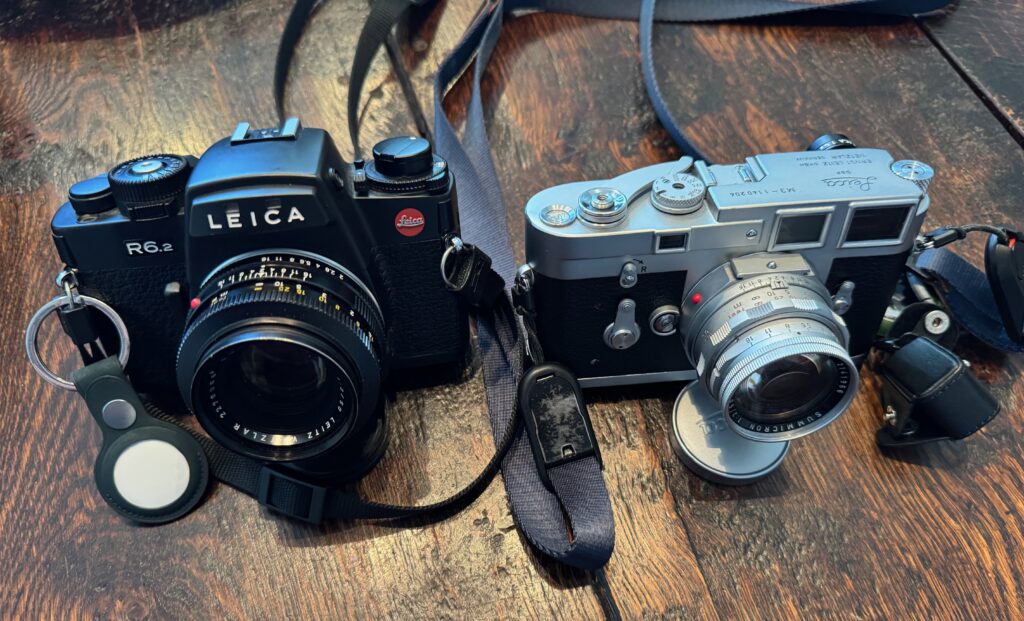
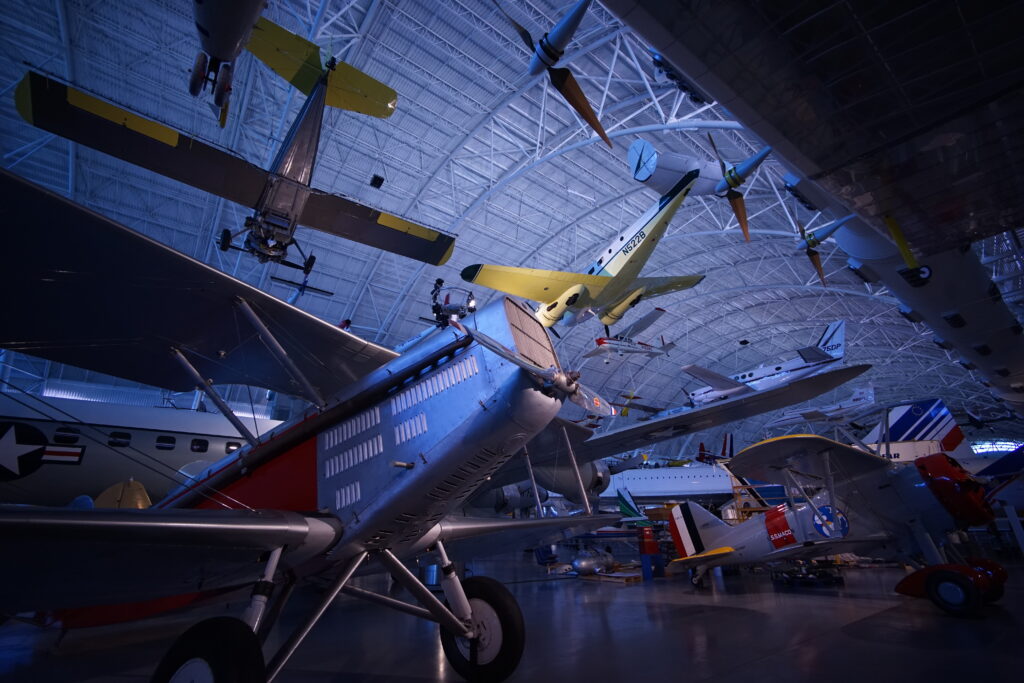
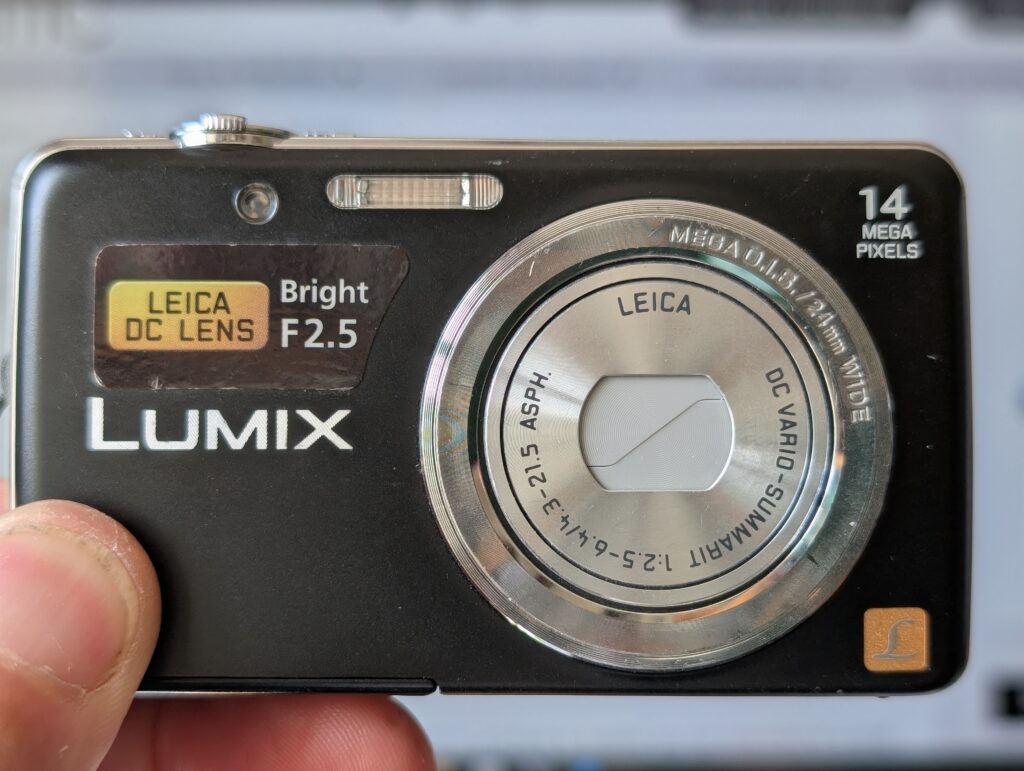
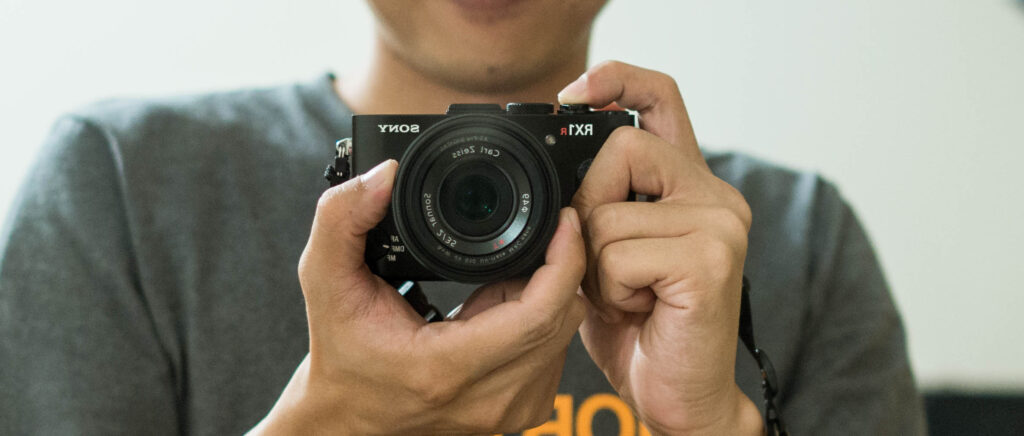




Comments
William Watts on 500mm Mirror Lens with Film – by Simon King
Comment posted: 29/11/2023
Brand matters, Catadioptric lenses tend to have poorer contrast than their conventional brothers. there are only one or two brands that actually perform well, Maksutov, Olympus and Nikon in particular these are particularly pricey.
Pointed anywhere near the sun will result in washed out photographs.
and although they are given a prime focal length ie 500mm, the focal length varies with focusing. The barrel moves in and out to focus, altering the distance between the mirrors as it does, thus altering the focal length.
Erik Brammer on 500mm Mirror Lens with Film – by Simon King
Comment posted: 29/11/2023
The others somewhat underexposed and black and white point not adjusted - typical telephoto behavior of the range being very narrow. Did you leave that on purpose?
Comment posted: 29/11/2023
MarcusG on 500mm Mirror Lens with Film – by Simon King
Comment posted: 29/11/2023
Bob Janes on 500mm Mirror Lens with Film – by Simon King
Comment posted: 29/11/2023
The two I use are a Vivitar (labelled as 'Made in Korea', so probably the same as the Samyang's) and a Minolta AF Reflex 500. You can get quite good 'Cats' at reasonable prices. Contrast tends to be lower (I wouldn't call it poor), but other optical qualities tend to be quite good. Notably, although both my lenses are supposed to be 500mm and f/8.0, the Minolta transmits far more light.
One way around the lack of exposure variables due to fixed (and relatively slow) apertures could be to use stand development, which should give a decent result across a film of correctly exposed and under-exposed images.
Lee on 500mm Mirror Lens with Film – by Simon King
Comment posted: 29/11/2023
Michael Zwicky-Ross on 500mm Mirror Lens with Film – by Simon King
Comment posted: 29/11/2023
Dave Powell on 500mm Mirror Lens with Film – by Simon King
Comment posted: 29/11/2023
Two fun stories about mine:
* When I bought it, we lived in Winchester, MA. It's rumored that the town is actually in the bowl of an ancient meteor crater. Mahoney's Rocky Ledge garden center is supposedly at one rim... and our house was atop the opposite rim (several miles away). I slapped the Soligor on a Nikon FE, pointed it at cars parked on the ledge above Mahoney's... and could read license-plate numbers in the photos.
* And later, when a brother-in-law (who once commanded SAC Stratofortress Nuclear Bombers) gave us tickets to a military-only air show, I took the Soligor along. I spent most of the show practicing hand-held panning shots(!)... and when a Stealth bomber blasted low over our heads at show's end, I grabbed four images. There was something on the plane's belly that puzzled my brother-in-law, so he took the photo to show friends still in the Air Force.
I never got the photo back... or heard anything about it. Ah well...
Great work, my friend!
Dave
Wes Hall on 500mm Mirror Lens with Film – by Simon King
Comment posted: 30/11/2023
Have you tried using the different screw-in filters with the black and white films? I've been curious how they affect the rendering on these lenses and not had the chance myself.
Really good to see more praise for them.
Comment posted: 30/11/2023
Comment posted: 30/11/2023